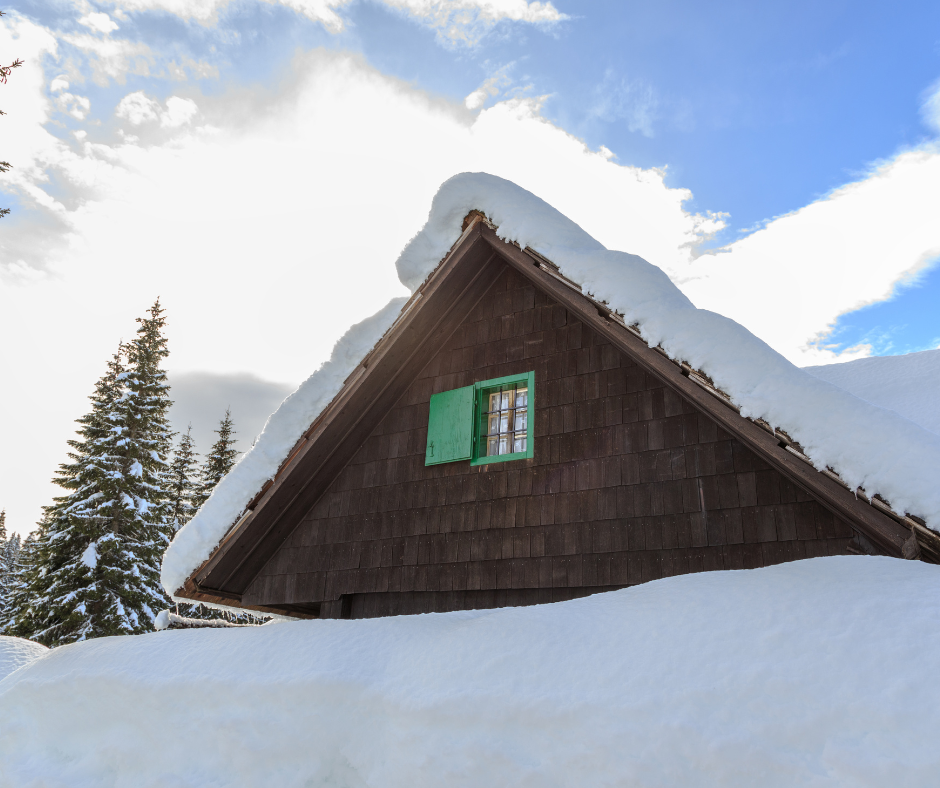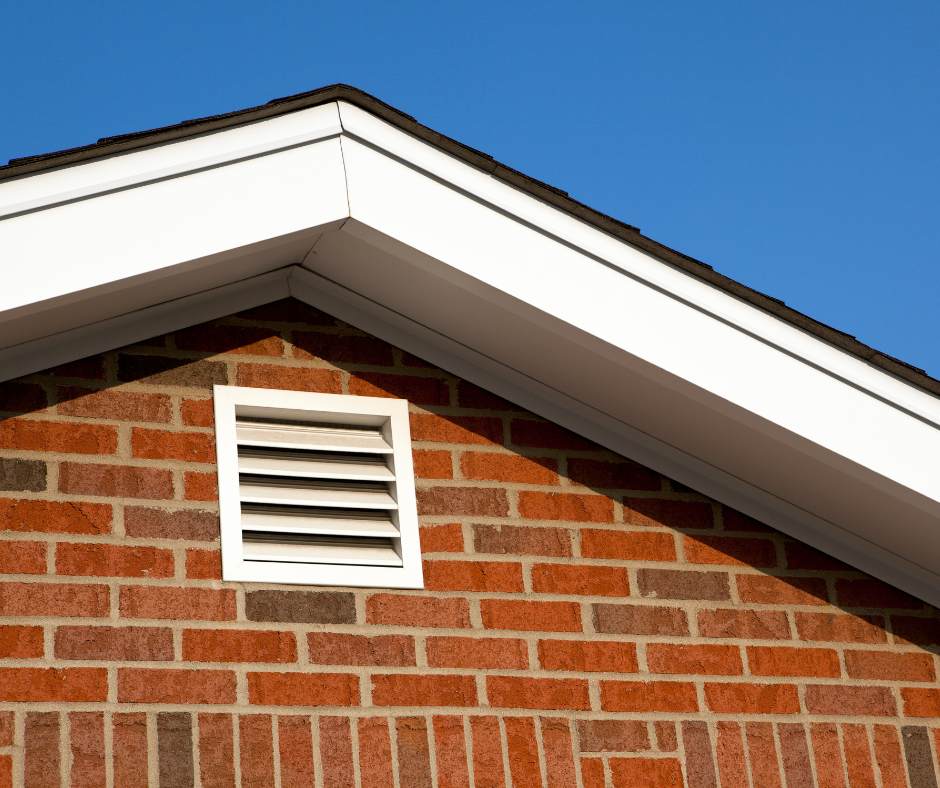Is Attic Mold Common In The Winter?
During the winter months, mold is commonly found in attics. This unfortunate situation happens because of the combination of a suitable environment and plenty of food sources, and also because homeowners don’t go into their attic very often to notice it. Small areas of attic mold are relatively easy to treat but can turn into serious problems if left undisturbed and untreated for long periods of time.
What Causes Attic Mold In The Winter?
Mold spores are naturally present outdoors and undoubtedly float in and out of the home with air flow. In the winter months, it poses a threat when the warm air from your home rises to the attic and meets the cold air from the outside, forming condensation. This moisture gets trapped allowing mold to settle in to multiply if the attic is not properly ventilated. This warm, damp, dark and undisturbed space provides the perfect environment for mold. With plenty of organic material, like wood sheathing, for the mold to consume, you’ll soon start seeing signs of attic mold.
Is Attic Mold Harmful?
It’s important to remove attic mold before it becomes harmful to your health and the structure of your home. The spores that land and attach to roof rafters or support beams will begin to naturally germinate and weaken the wood as the mold spores consume this organic material. This process can destroy the attic insulation and compromise the structural integrity of the roof requiring some major fixes.
Can Attic Mold Spread Into The House?
If the HVAC system is located in the attic, any loose connection will allow mold spores to travel through the rest of the home. Immune compromised residents or those with allergies will be the first to experience mold-related health problems. Unexplained symptoms like sneezing, asthma, skin rashes, flu-like symptoms, and breathing problems can be caused by attic mold spores being circulated through your home.
What Are The Signs Of Attic Mold?
There are some simple ways to check if your home has attic mold. Your attic will have a musky or mildew like smell when you enter the space, or feel hot and stuffy due to the lack of ventilation. Visible signs will be dark green or black stains on the wood, on the insulation or other surfaces.
Attic mold is most likely present if you see frost buildup on the roof sheathing, when the trapped moisture is not properly ventilated with temperatures dipping below freezing. If the air is not cold enough to freeze, and you have excess moisture in your attic from a roof leak, then you might start seeing water dripping from light fixtures or bath fans.
What Can Be Done About Attic Mold?
One way to prevent mold is to ensure your attic is well ventilated. You should also make sure the attic space is kept dry all year round. Keeping the air flowing in your attic is a great way to control the moisture in your attic and prevent attic mold spores from settling on surfaces and reproducing.
Contact MSR Restoration For Professional Attic Mold Remediation
Identifying mold is not always possible if you don’t know what to look for in the attic. If you suspect you have a problem, contact the experts at MSR Restoration for your free evaluation. Our attic mold remediation specialists provide quick and efficient mold removal services and a comprehensive guideline for mold prevention in your home.


